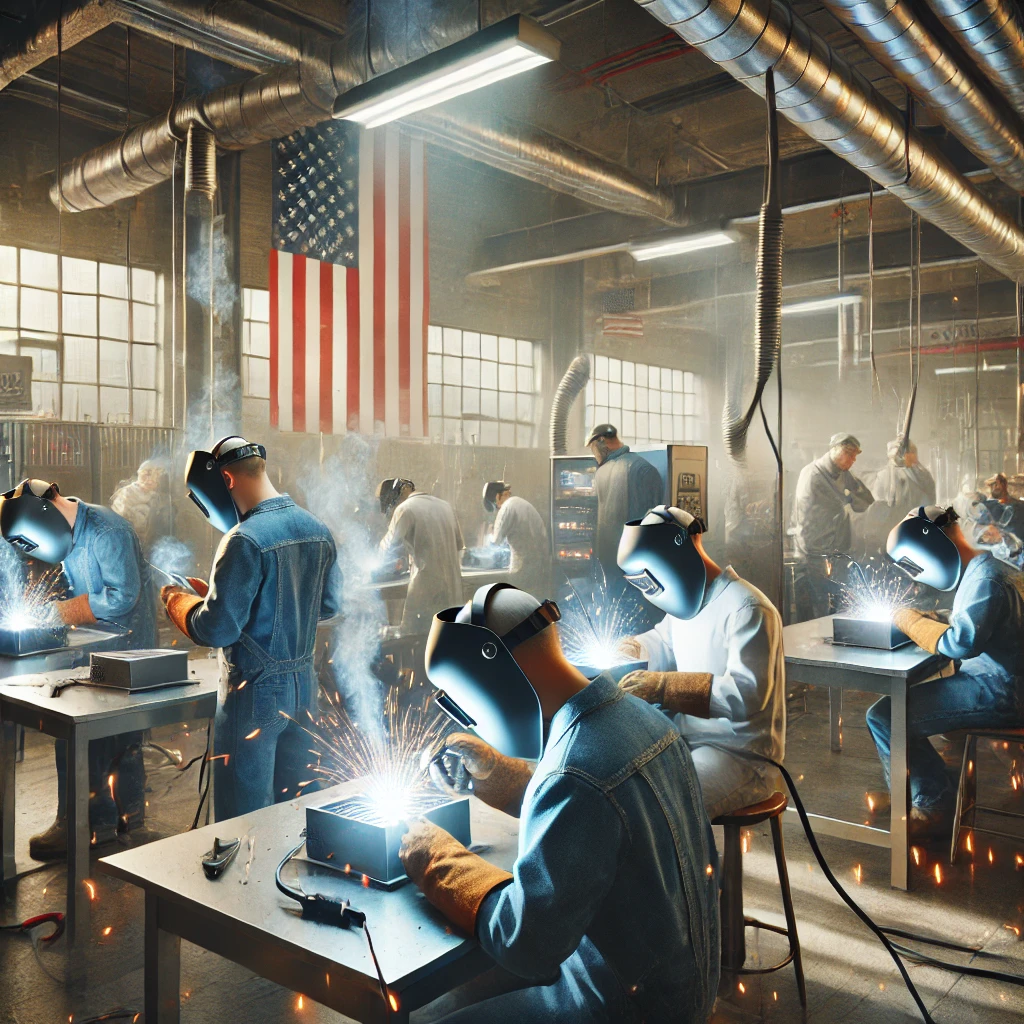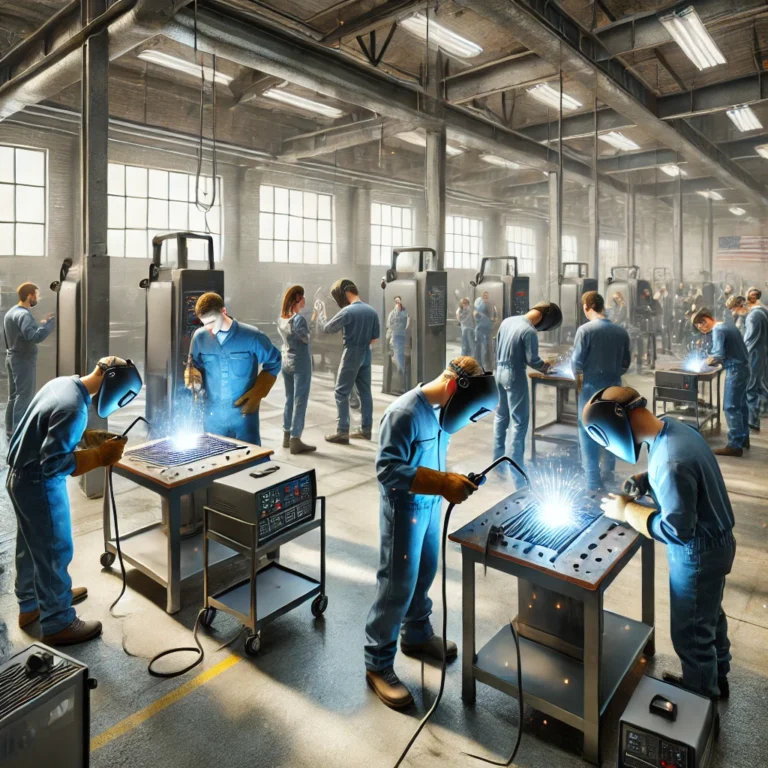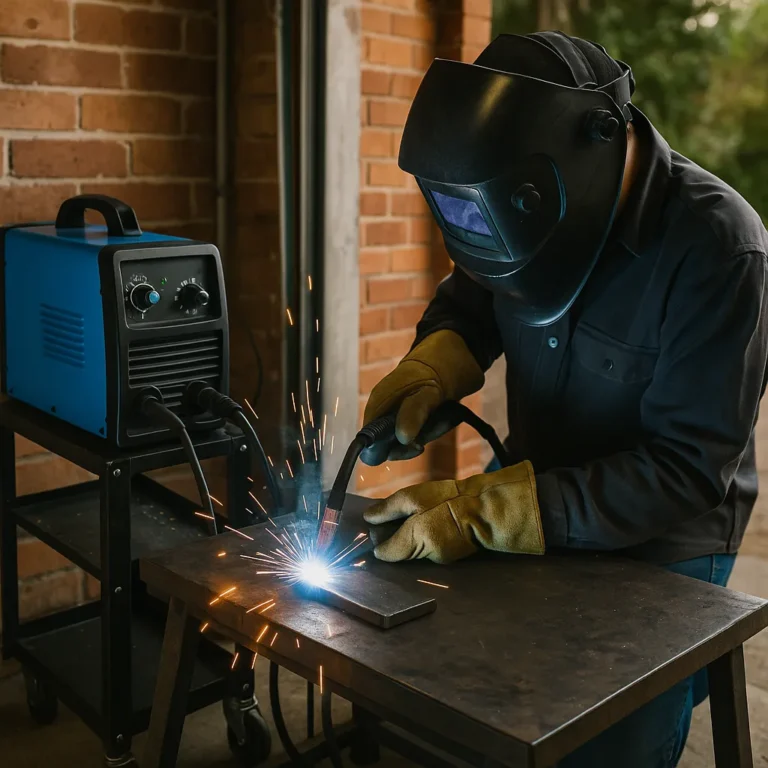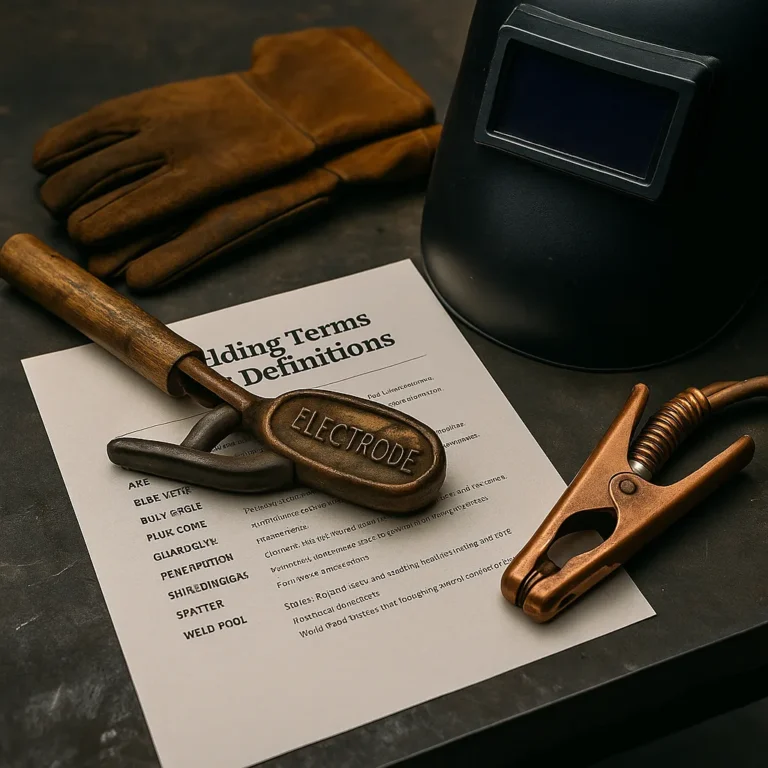Best Welding Schools in the United States: Top Choices for Aspiring Welders

Choosing the right welding school can shape your entire career. Whether you’re looking to become a pipeline welder, specialize in underwater welding, or master advanced techniques, selecting a reputable institution is crucial. The United States is home to several outstanding welding schools known for their quality training and strong industry connections.
Why Choosing the Right Welding School Matters
A top-notch welding school offers more than just hands-on experience — it provides certifications, job placement support, and access to cutting-edge technology. Employers often prefer candidates who graduate from reputable programs, giving you a competitive edge.
Top Welding Schools in the United States
Tulsa Welding School
Tulsa Welding School is one of the most recognized welding institutions in the country. With campuses in Tulsa, Jacksonville, and Houston, this school offers comprehensive programs covering MIG, TIG, and pipe welding. Their fast-track programs can prepare you for entry-level welding positions in as little as seven months.
The Lincoln Electric Welding School
As a pioneer in welding education, Lincoln Electric Welding School offers specialized training for individuals at all skill levels. Their curriculum emphasizes hands-on learning, safety practices, and advanced techniques to prepare students for real-world welding challenges.
Hobart Institute of Welding Technology
Located in Troy, Ohio, Hobart Institute has been training welders since 1930. Known for its rigorous curriculum, Hobart’s programs focus on developing industry-standard skills through practical training. Graduates from Hobart are highly sought after in the welding industry.
Advanced Welding Institute (AWI)
AWI offers an immersive learning experience with accelerated programs designed to build technical skills quickly. Located in Vermont and Wisconsin, AWI’s intensive training approach is ideal for students seeking to enter the workforce in a short timeframe.
Western Welding Academy
Famous for its hands-on instruction and comprehensive certification programs, Western Welding Academy provides specialized training for structural, pipe, and combination welding. The school also emphasizes career development, helping graduates secure high-paying welding positions.
Key Factors to Consider When Choosing a Welding School
When evaluating welding schools, consider the following:
- Certification Programs: Ensure the school offers certifications recognized by the American Welding Society (AWS).
- Hands-On Training: Welding is a practical skill; choose a school that emphasizes real-world practice.
- Job Placement Support: Schools with strong industry connections can help you secure employment faster.
- Class Sizes: Smaller class sizes ensure personalized attention from instructors.
- Equipment and Facilities: Modern tools and advanced equipment prepare you for today’s welding jobs.
Conclusion
Selecting the right welding school can significantly impact your future career. Whether you aim to become an industrial welder, pipeline welder, or specialize in underwater welding, investing in proper training is key. By choosing one of the top schools in the United States, you’ll be well-equipped to enter the workforce with confidence.






